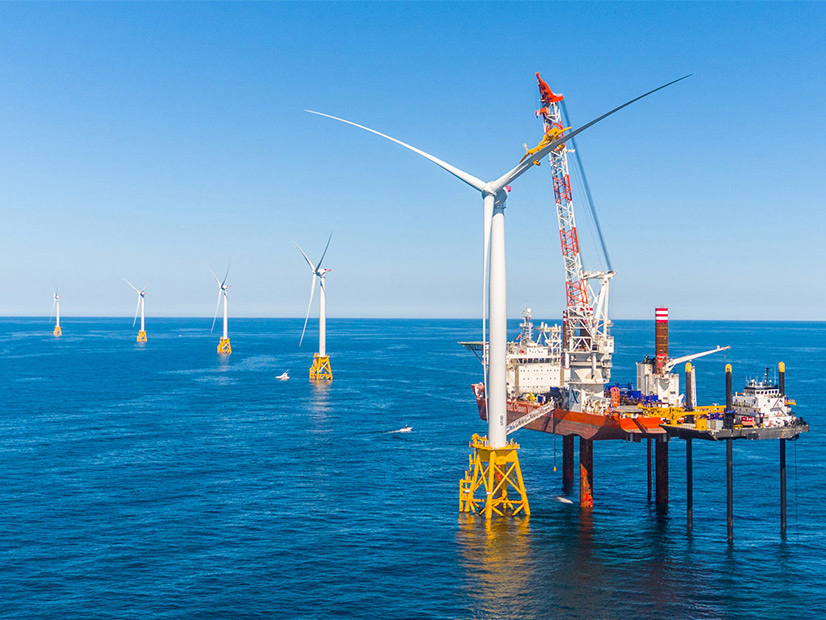
Rhode Island Energy said Friday it had hoped to receive more than one proposal in the state’s second offshore wind solicitation but recognizes the challenges facing the sector.
The company said it will now evaluate the joint Ørsted-Eversource proposal and decide in about three months whether to move forward with contract negotiations.
Future affordability of energy will be the central consideration in the process, it said.
The solicitation called for proposals for 600 to 1,000 MW of generation capacity, as specified in a 2022 Rhode Island law.
In response, Ørsted and Eversource proposed Revolution Wind 2, an 884-MW wind farm with projected economic benefits of $2 billion for the state. The two already are developing Revolution Wind 1, which would send 400 MW to Rhode Island and 304 MW to Connecticut.
Rhode Island Energy, a subsidiary of PPL (NYSE:PPL), is running the solicitation and would buy the power generated by a completed project.
Rhode Island Energy President Dave Bonenberger said in a news release Friday that under state law, any long-term power purchase agreements would need to be for 15 to 20 years.
“We’re committed to helping Rhode Island meet its leading clean energy goals and will carefully review Ørsted and Eversource’s joint proposal,” he said. “Our objective is to advance the clean energy transition while keeping energy affordable and reliable for our customers. This is the lens through which we will evaluate the proposal.”
Bonenberger also alluded to the financial and logistical challenges facing U.S. offshore wind developers.
“Although we had hoped to see more developers put forward additional proposals within this appeal, we also know there are a multitude of factors at play right now. As we move forward, our evaluation will consider future energy affordability and how this proposal meets the requirements of both the RFP and state law,” he said.
Headwinds
The first and so far only offshore wind farm completed in the U.S. generates a peak 30 MW off Block Island delivered to the Rhode Island coast. That is 0.1% of President Biden’s 30-GW goal for 2030.
Offshore wind energy is an important part of Rhode Island’s strategy to reach 100% renewable energy by 2033; multiple lease areas are clustered on the Outer Continental Shelf south and southeast of the state.
But as the Rhode Island RFP opened Oct. 14, offshore wind developers were wrestling with supply chain constraints, soaring interest rates and inflation.
Developers of two other New England OSW projects, Commonwealth Wind and South Coast Wind, have said the challenges that arose in 2022 made those projects untenable with the power purchase agreements that they had previously agreed on.
Commonwealth developer Avangrid wants to scrap its contracts and rebid; South Coast has not made that request, but also has not said its concerns have been satisfied.
Avangrid also said terms of the Park City Wind contract in Connecticut are untenable, and it has pushed back the in-service dates of Commonwealth and Park City in hopes that delaying start of construction would give manufacturers time to bring higher-output wind turbines to market.
Ørsted, meanwhile, is expecting a $365 million cost impairment on the Sunrise Wind 1 project in New York because its contracts were not locked in before economic headwinds arose in the nascent U.S. offshore wind industry.
And Eversource began looking for a buyer for its offshore wind assets in 2022 to free up capital.
Rhode Island’s second OSW solicitation closed March 13 with just the single Ørsted-Eversource proposal.
By contrast, when New York’s third OSW solicitation closed Jan. 26, it had drawn a robust response from six developers.
New York offered bidders the option of an inflation-adjustment mechanism.
